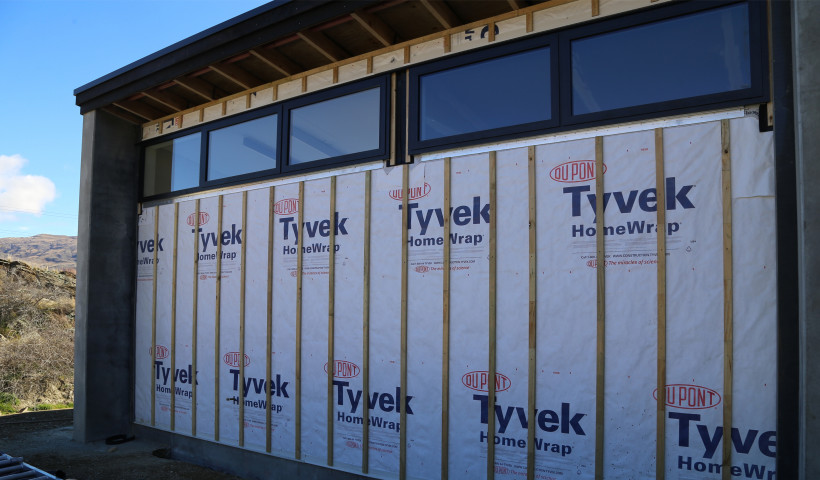
Below are ten job-site weather barrier problems that can effect long term building durability via diminished air and water hold-out performance. These problems have been gathered by a building weather barrier specialist with 20 years experience in New Zealand and North America on timber framed structures:
- Weather Barrier UV Exposure resistance exceeded. Typically this is 30 — 120 days depending on manufacturer. Over-exposure occurs often due to weather, material supply and scheduling issues.
- Overdriven nail and staple fasteners. This can damage the outer layer/skin of weather barrier. Staple fasteners do not have a gasket and can allow water to enter the wall assembly. Cap fasteners are more effective. Excess staple fasteners can provide numerous gateways for moisture to enter the envelope.
- Abrasion, tearing or ripping of the weather barrier on site with no back-up repair method. Damage to the delicate outer film layer or delamination from job-site wear and tear can significantly reduce air and water resistance. Micro-porous, laminated weather barriers are more susceptible than 'non-laminated' spun-bonded olefin weather barriers such as Tyvek HomeWrap.
- Weather barrier overlaps not taped or sufficiently lapped. Just like unzipping your jacket on a cold, wet, windy day, both moisture and wind-washing can significantly affect insulation performance.
- Flashing tape incompatible with weather barrier. The flashing tape does not stick effectively and allows bulk water to enter the wall cavity.
- Relying on silicon to seal gaps in wall penetrations.
- Relying on spray foam as a weather barrier around windows and other wall penetrations.
- Reverse shingling of weather barrier by not overlapping seams correctly. Just like tucking trousers into your boots on a rainy day.
- Plumbing, electrical and HVAC penetrations not sealed at the weather barrier. A pathway for air and water intrusion.
- Incompatible weather barrier system. System components that are a mix of manufacturers and brands. Manufacturer formulation changes from system to system and mixing components can lead to system incompatibility.
To find out more, see Du Pont Tyvek's video 'Are you smarter than water?'













 Case Studies
Case Studies








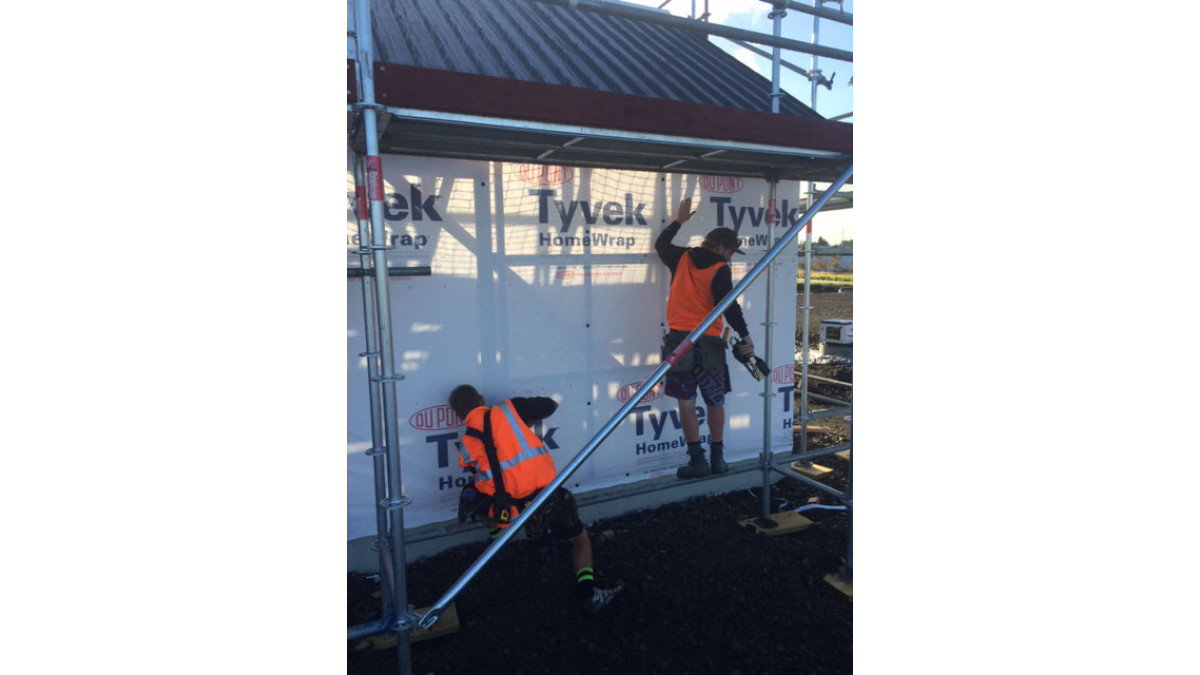
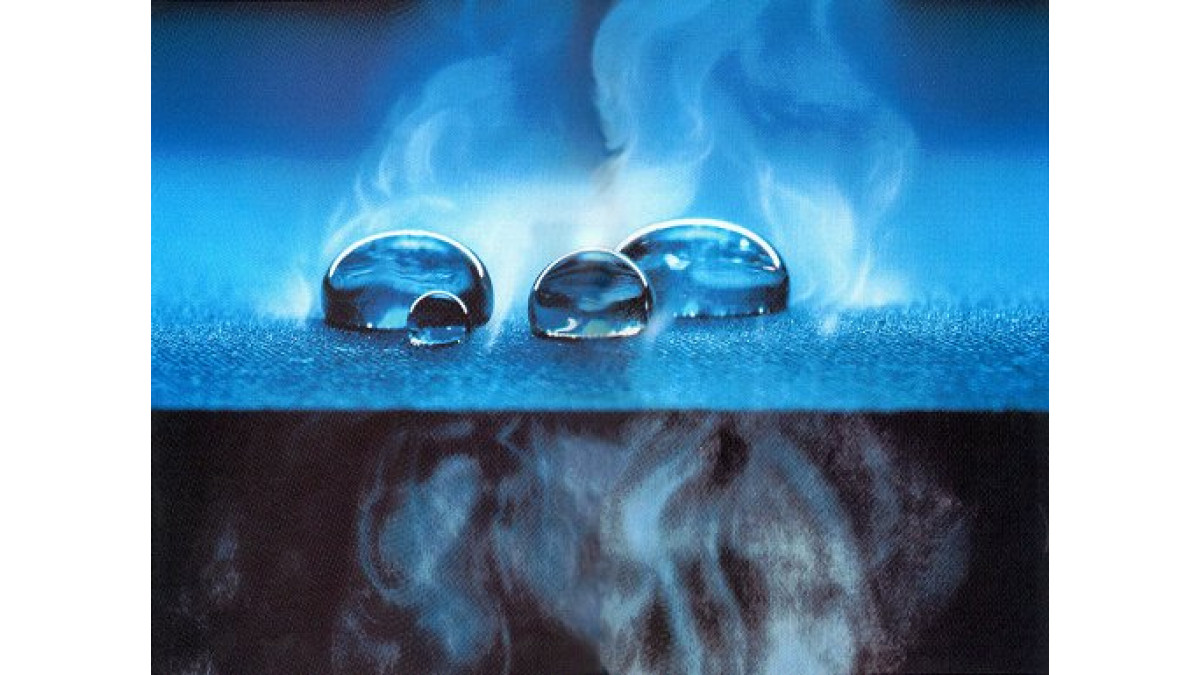
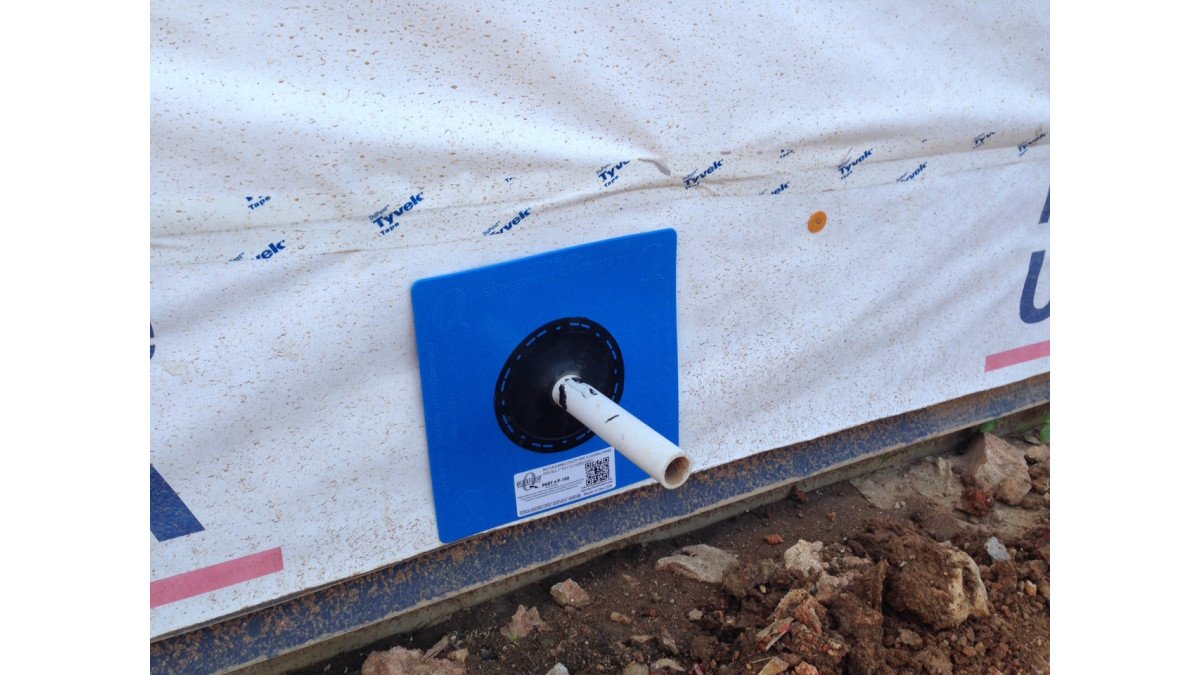


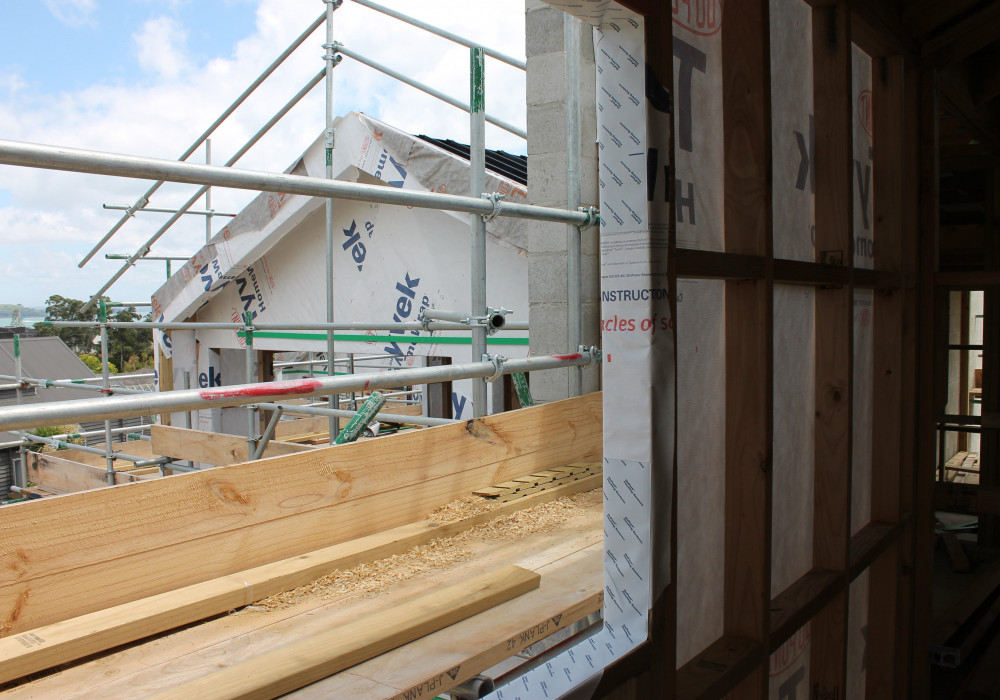
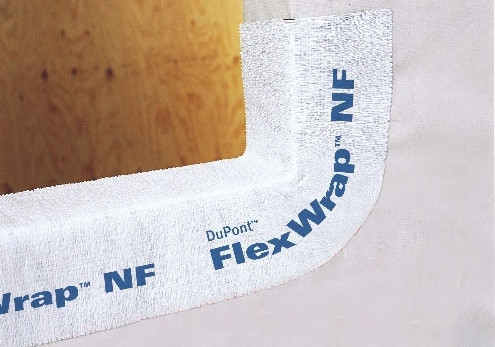
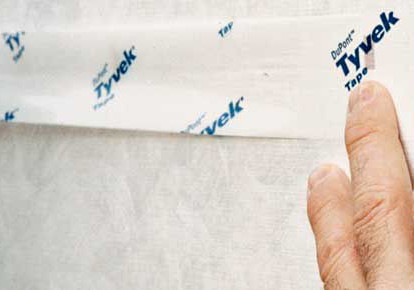
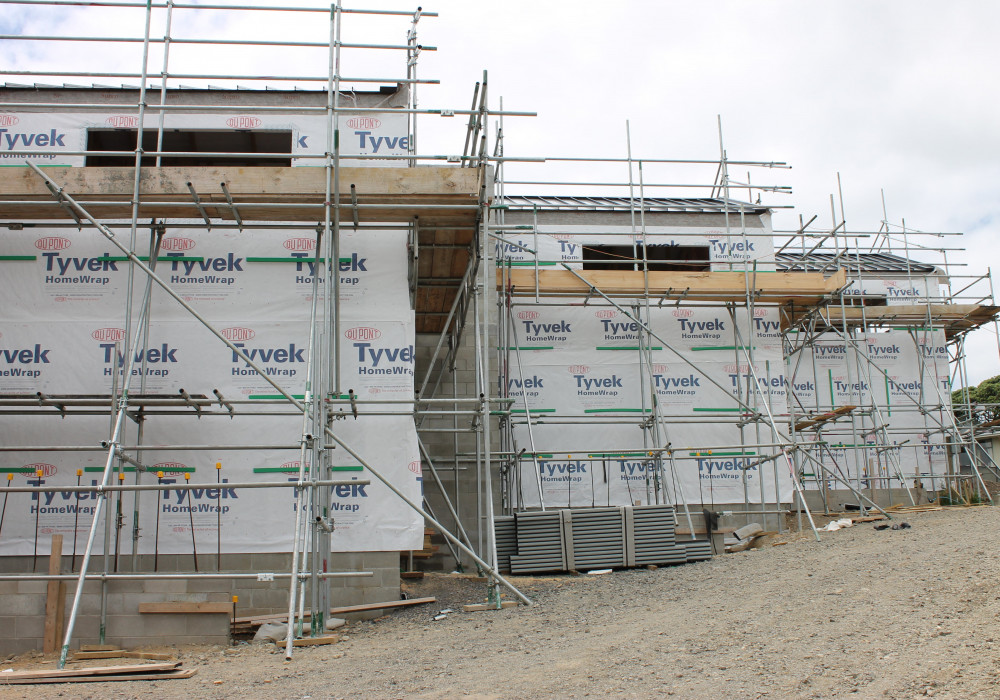
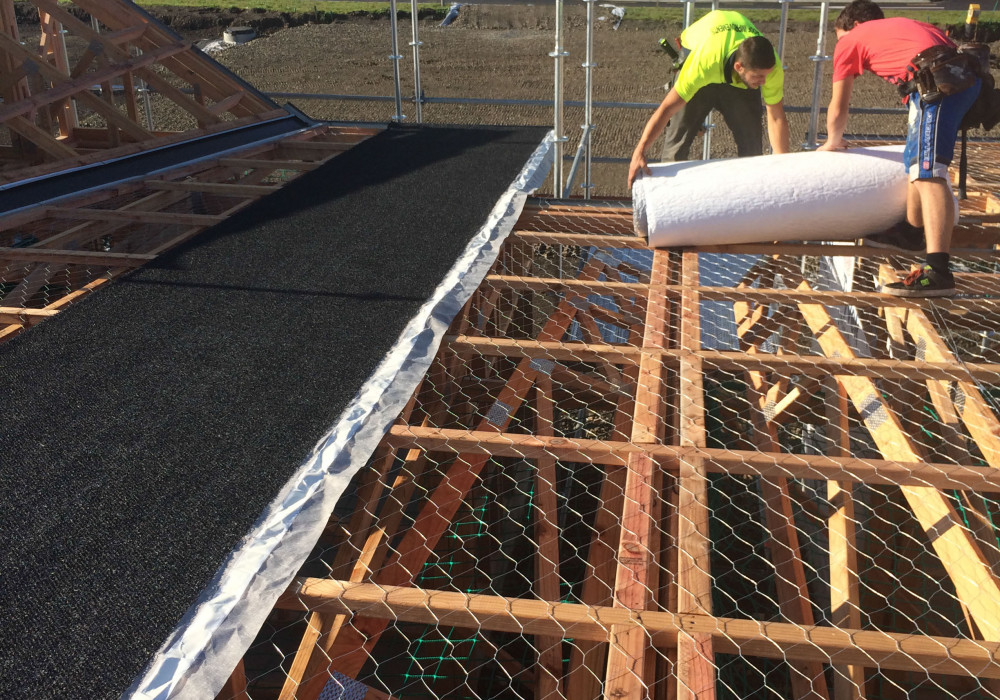

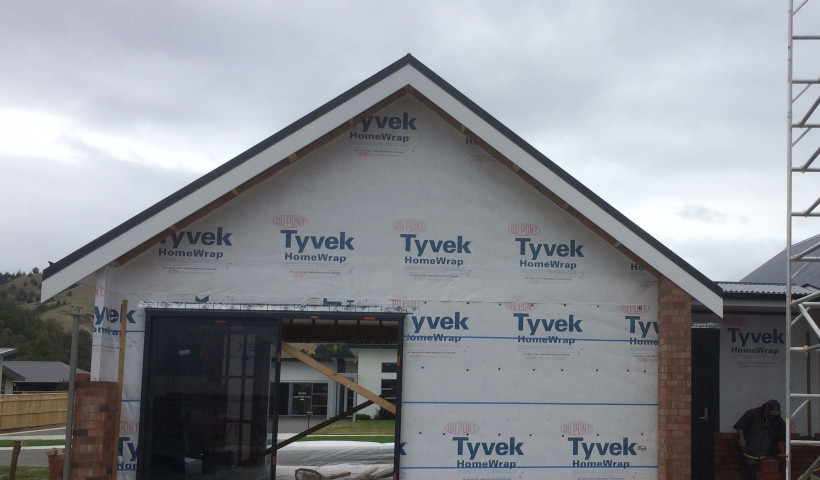
 Popular Products from Tyvek
Popular Products from Tyvek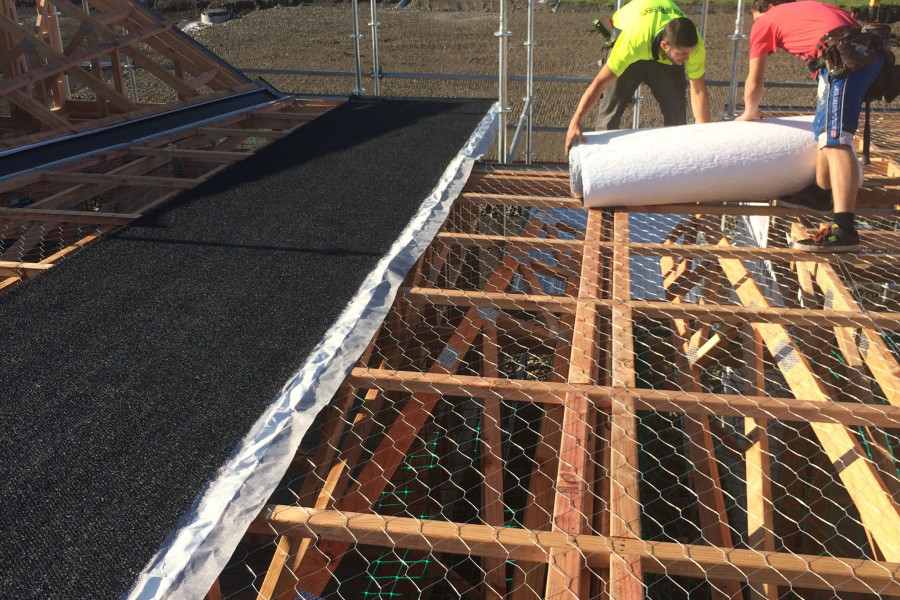
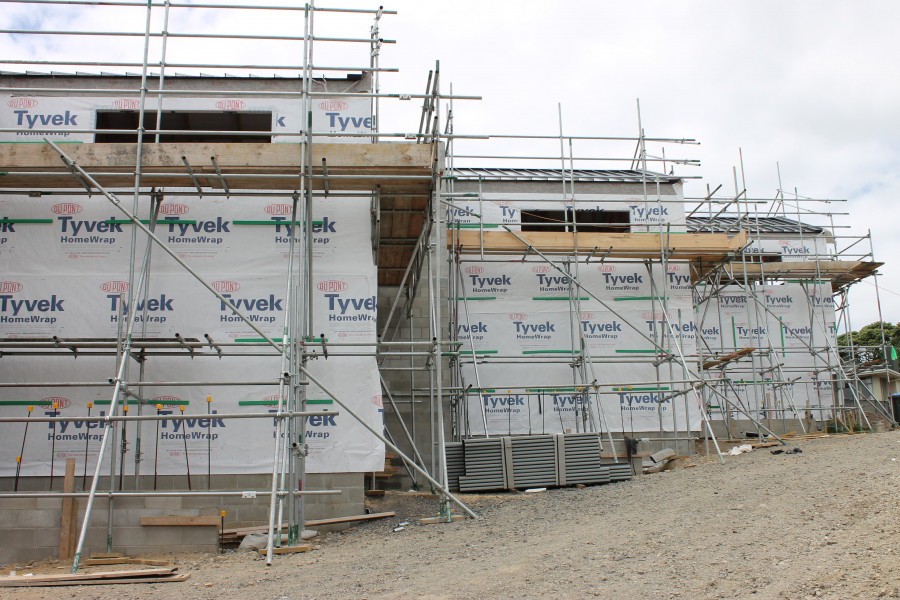
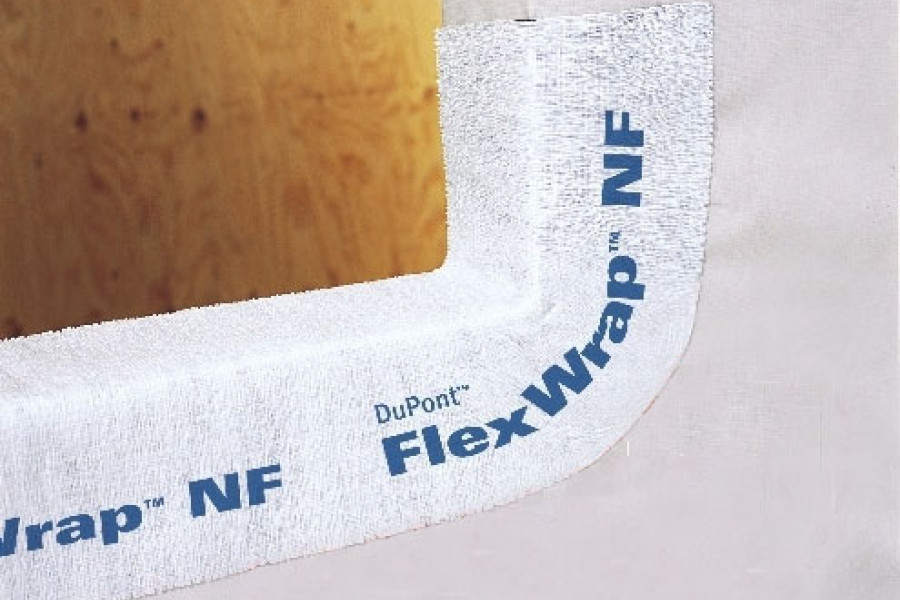
 Most Popular
Most Popular


 Popular Blog Posts
Popular Blog Posts